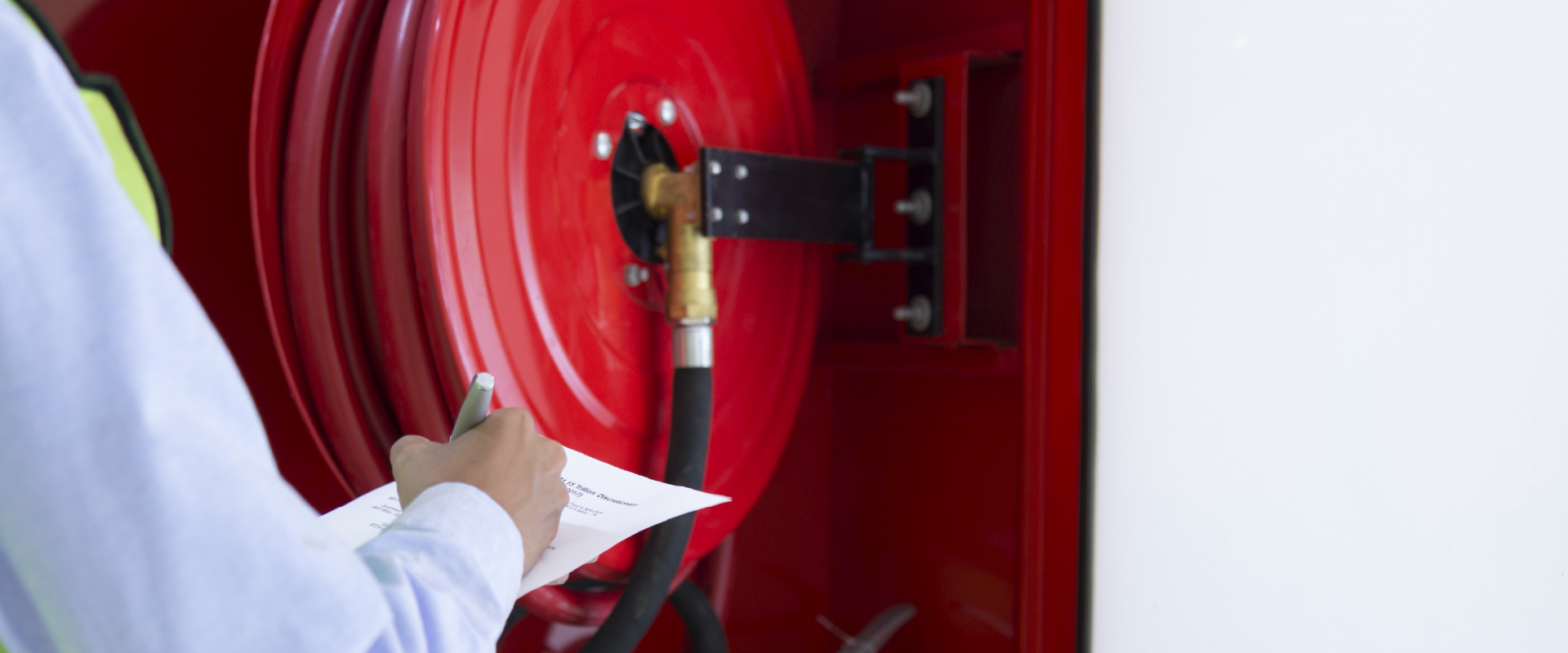Mold infestation can pose a significant risk to your property’s structural integrity and the health of its occupants. Here, we’ll delve into the common signs of mold to help you detect this potential threat and address it promptly.
Physical
Appearance
One of the earliest warning signs of a mold issue is its physical manifestation. Familiarize yourself with the appearance of mold and check for mold often in areas that are known to be damp in your properties.
Black, Gray, or Green Patches
Mold colonies often make their presence known through unsightly discolorations on surfaces in your home or office. Mold typically manifests as black, gray, or green patches. These patches may not always be visible, however, as they can hide behind walls, above ceilings, or underneath carpets, but any visible indication should not be ignored. The discolorations vary depending on the type of mold and the material on which it is growing. Regular inspection of damp or humid areas in your property can help you detect these discolorations early.
Fuzzy or Slimy Texture
The texture of mold can also serve as an indication of its presence. It can appear fuzzy, particularly in the case of molds like Aspergillus, or it can take on a slimy appearance, as with molds like Stachybotrys chartarum, often referred to as black mold. If you notice an abnormal texture on any surfaces, it may be time to call in a mold inspection team.
Musty or Damp Odor
In many cases, mold can be smelled before it’s seen. Mold often produces a strong musty or damp odor, which can pervade an entire room or even a whole property. Water damage is usually the culprit, so if you detect an unfamiliar or unpleasant smell that you can’t find the source of, it may be hidden mold.
Health
Symptoms
Exposure to mold can trigger a range of health conditions, some of which can turn into severe symptoms, particularly in those with existing respiratory conditions or compromised immune systems. Also, keep a lookout for unusual pet behavior: your furry friend may be experiencing the negative health effects of mold exposure.
Allergic Reactions
Mold exposure can trigger allergic reactions and allergy symptoms in sensitive individuals. These reactions can range from mild, such as a runny nose, skin rash, and watery eyes, to severe, such as difficulty breathing or anaphylaxis. Chronic exposure to mold can also lead to the development of mold allergies, causing persistent symptoms whenever exposed.
Respiratory Issues
Mold spores can irritate the airways and cause various respiratory issues. This can include a persistent cough, wheezing, shortness of breath, or even the exacerbation of asthma symptoms. Individuals with chronic respiratory illnesses may find their conditions worsening in the presence of mold.
Fatigue or Headaches
Chronic exposure to mold can also lead to less specific symptoms such as fatigue, headaches, difficulty concentrating, or feelings of dizziness. These can be easy to dismiss or attribute to other causes, but if these symptoms are accompanied by other signs of mold or persist without explanation, they could be a result of mold exposure.
Unusual
Moisture
Moisture is a crucial ingredient for mold growth. Therefore, noticing unusual moisture in your property should prompt an immediate investigation for potential mold growth.
Damp Spots on Walls, Floors, or Ceilings
Damp spots or water stains on walls, floors, or ceilings can be indicative of a leak or excessive humidity – both of which create a perfect environment for mold. Discoloration, peeling wallpaper or paint, or warping of material might indicate a moisture issue and potential mold growth.
Water Leaks or Damage
A history of water leaks or water damage events in a property significantly increases the likelihood of mold growth, especially if the issue wasn’t promptly or adequately resolved. Mold can grow behind the scenes after a water incident, often hidden from view, causing damage and potential health issues.
High Humidity Levels
Areas with high humidity levels, such as bathrooms, kitchens, laundry rooms, basements, and even certain geographic locations, are more susceptible to mold growth. Persistent condensation on windows or walls is a clear sign of excessive humidity and a potential breeding ground for mold.
Discover Signs of Mold and Put a Stop to
Any Mold Growth with CRUSA
Recognizing the signs of mold is the first step in stopping it. If you notice any of these indications, your next step should be to call in a professional mold remediation service.
At CRUSA Construction and Restoration, we specialize in inspecting for, preventing, and remediating mold in both commercial and residential properties. Our expert team is equipped with the knowledge, skills, and tools to eradicate mold effectively, ensuring your environment is healthy and safe.
Our process involves conducting a thorough inspection to detect the presence of mold, even in hidden areas. We then create a tailored remediation plan to eliminate the mold and prevent future growth. We understand the urgency of addressing mold issues, which is why we work efficiently to restore your property to its optimal state.If you have noticed any signs of mold in your property, don’t delay – contact CRUSA Construction and Restoration today for a comprehensive mold assessment and remediation service.
Frequently Asked Questions
Mold can appear as black, green, or gray patches on surfaces. It can also have a fuzzy or slimy texture. However, mold may not always be visible as it often grows in hidden areas such as behind walls or underneath carpets.
Mold often gives off a musty or damp odor. If you notice an unusual smell that you can't locate the source of, it could be a sign of hidden mold.
Yes, mold can lead to a variety of health issues. Some people may experience allergic reactions such as skin rashes, runny nose, or watery eyes. Others may have respiratory issues, including a persistent cough, wheezing, or exacerbation of existing asthma symptoms. More general symptoms, such as fatigue and headaches, can also occur with mold exposure.
If you suspect a mold problem, you should contact a professional mold remediation service like CRUSA Construction and Restoration immediately. We can conduct a thorough inspection and, if mold is found, create a tailored remediation plan to eliminate it and prevent future growth.
Preventing mold growth primarily involves controlling moisture in your property. This can be achieved by ensuring good ventilation, particularly in damp areas like bathrooms and kitchens, promptly repairing any water leaks, and using a dehumidifier if needed. Regular inspection of your property, especially areas prone to dampness, can also help catch any early signs of mold.






